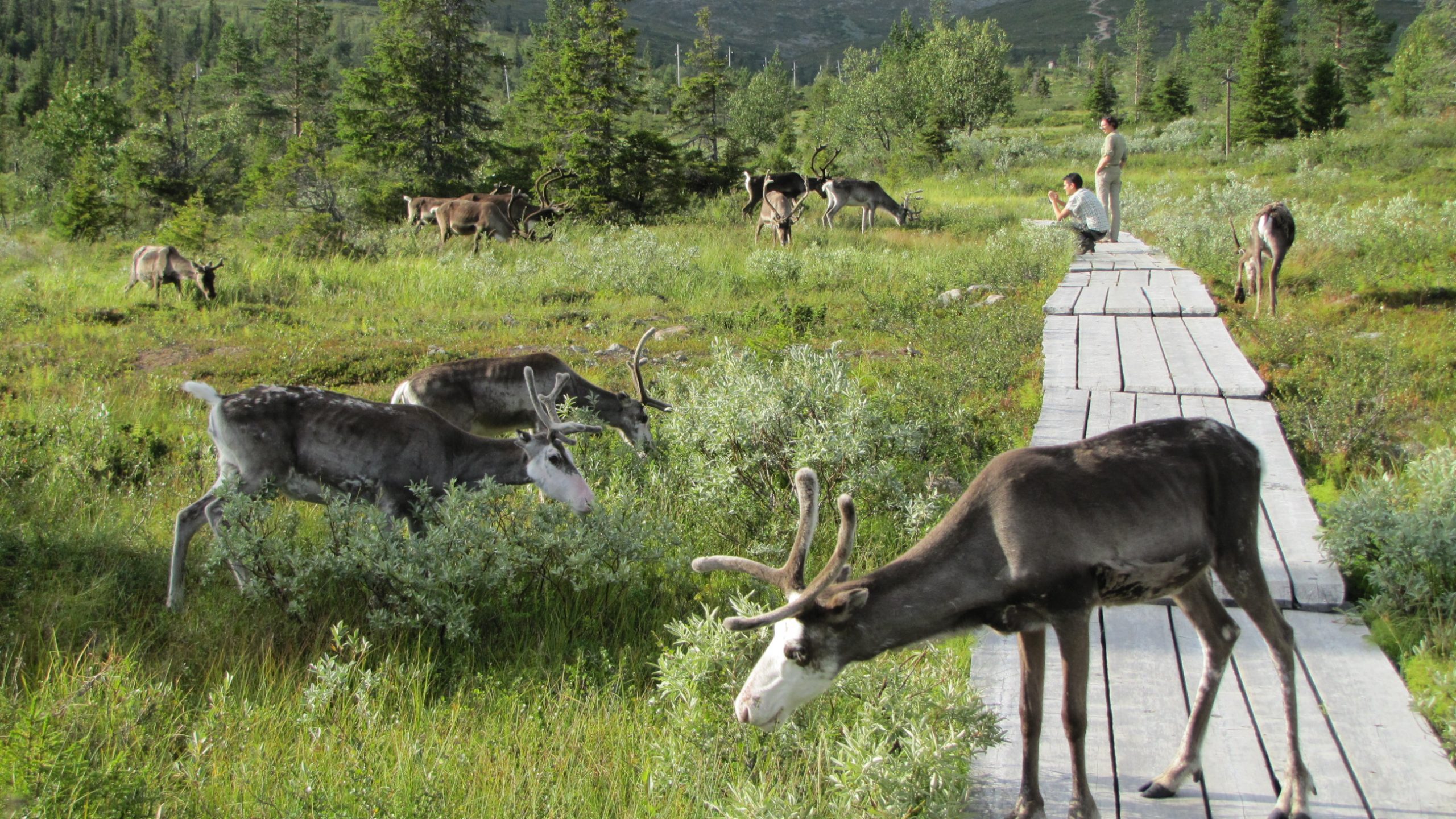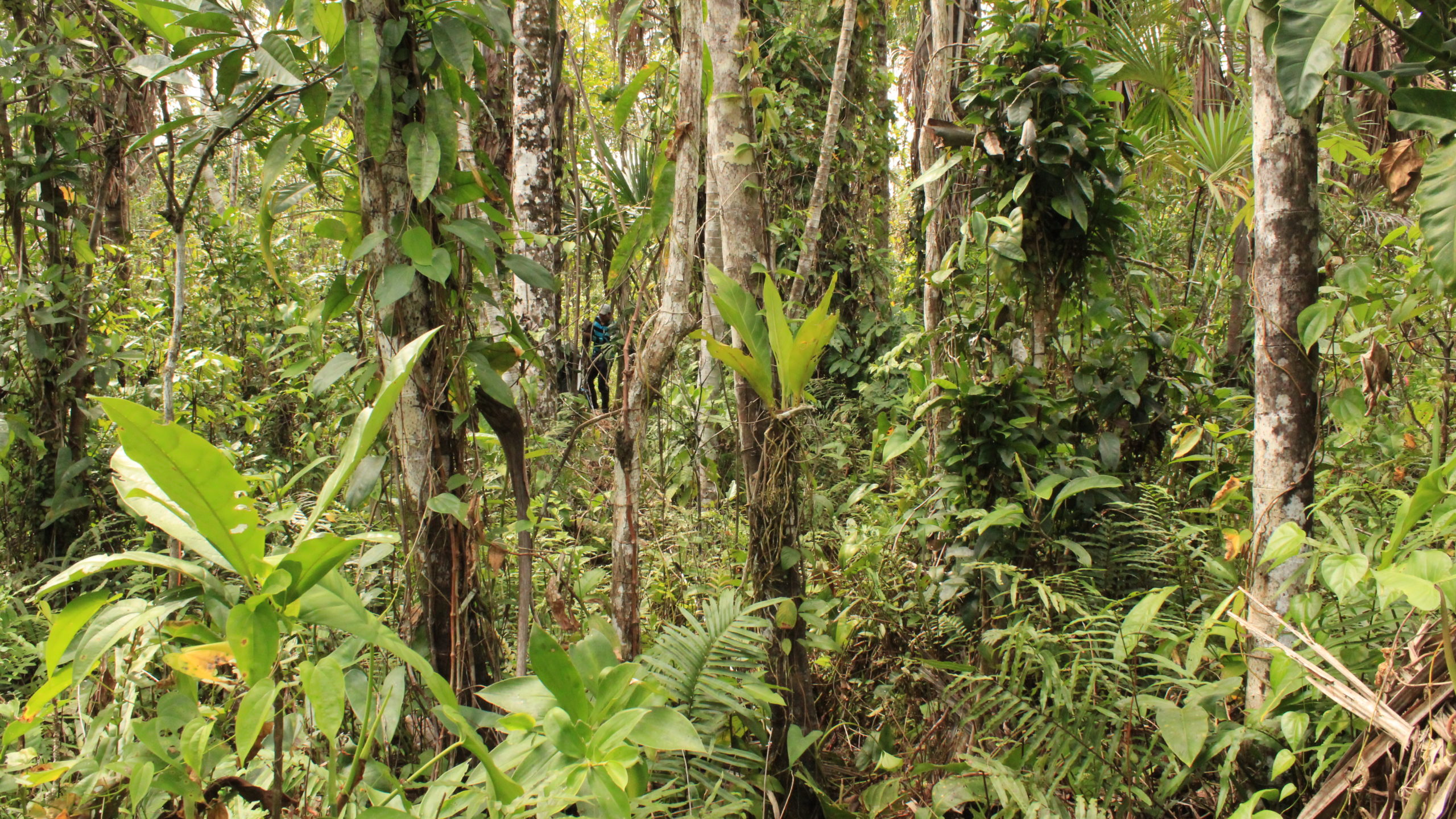The term biodiversity is used to describe the variety of all life on earth including all plants and animals, and the ecosystems which sustain them. Peatlands sustain a rich and unique range of habitats and species across the world.

At the level of individual peatland sites the diversity of organisms can be exceptional. For example, the alkaline fen at Fenor Bog in County Waterford, Ireland, has 118 plants and 214 species of invertebrates, birds and mammals, and all within less than 1km2. The presence and abundance of certain peatland species within a peatland habitat can indicate the health of that habitat.
Within temperate peatlands, these indicator species might include the following plants and animals: Saxifraga hirculus (Marsh Saxifrage), Vertigo geyer (a land snail), Sphagnum austinii (one of the major peat-forming plants), Lagopus lagopus (Willow ptarmigan bird)and Coenonympha tullia (Large Heath butterfly). Within tropical peatlands, species that indicate healthy peatlands can be very different, for example, palms of Mauritia flexuosa in the peatlands of the Peruvian Amazon and Raphia spp. in the central Congo Basin, and in Southeast Asian peat swamp forests, Dipterocarp trees. Clear latitudinal, and altitudinal gradients can be distinguished in peatland biodiversity, with each ecosystem having a unique mix.
The drivers of peatland biodiversity loss are: the loss of habitat, invasive alien species, over-exploitation for agriculture, forestry and peat extraction, nutrient pollution and climate change. The mixture of plant and animal species living on and in peatlands are essential for the process of peat formation, thus protecting and/or restoring the peat-forming plant species, and the animals that help those plants to regenerate, is essential.

